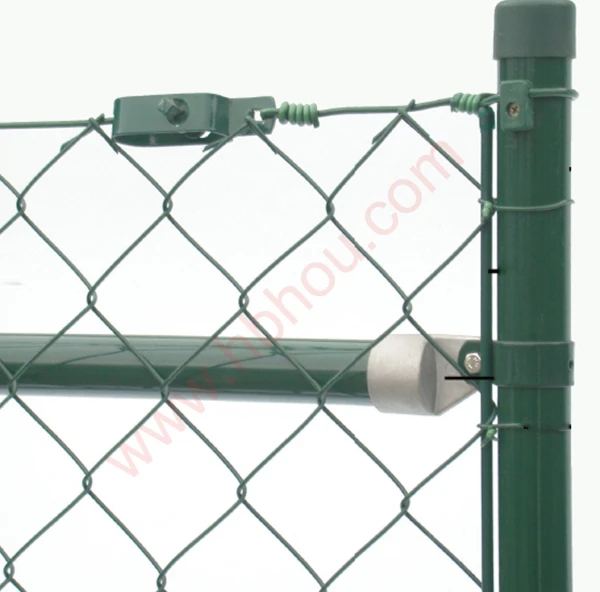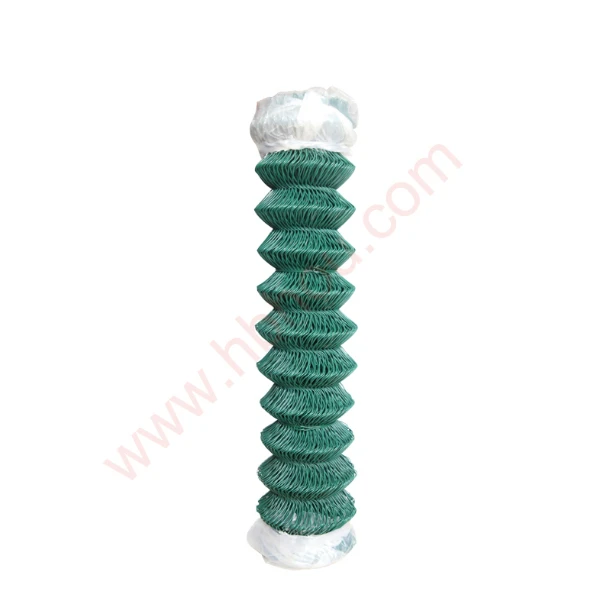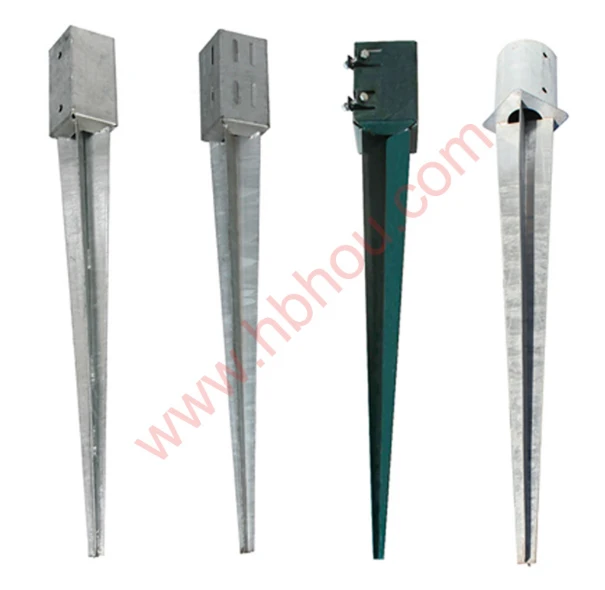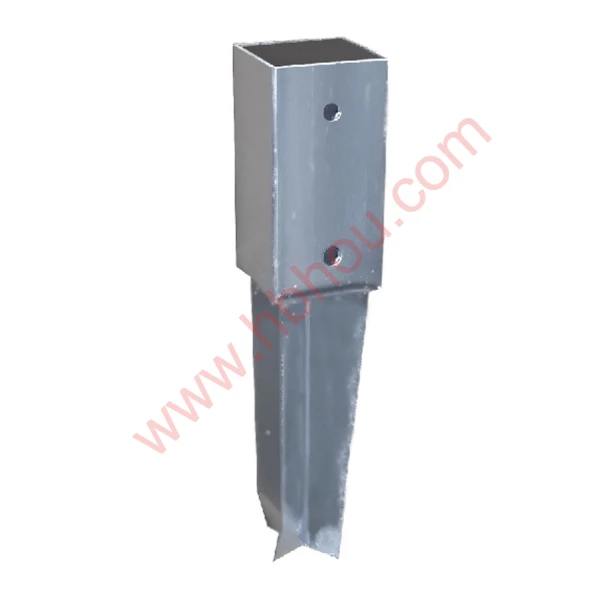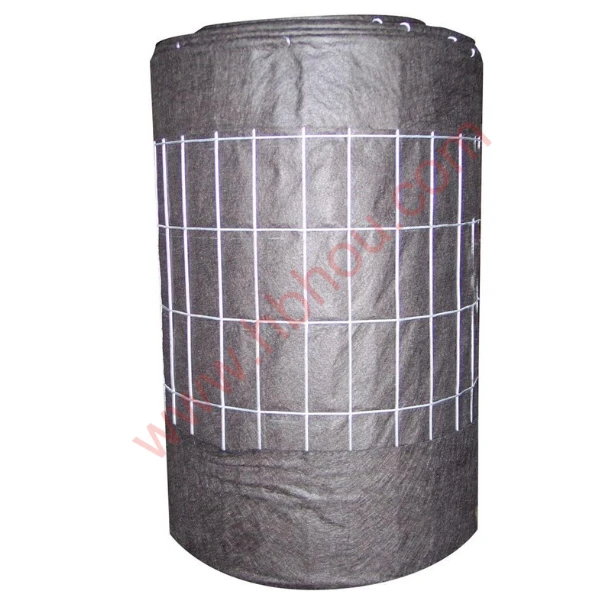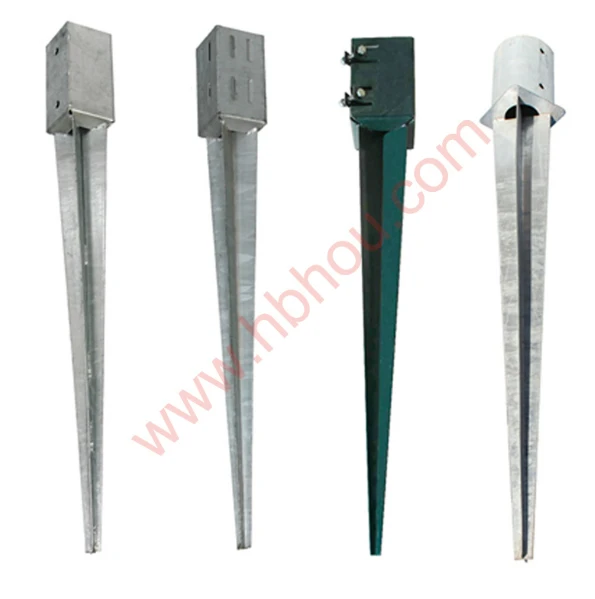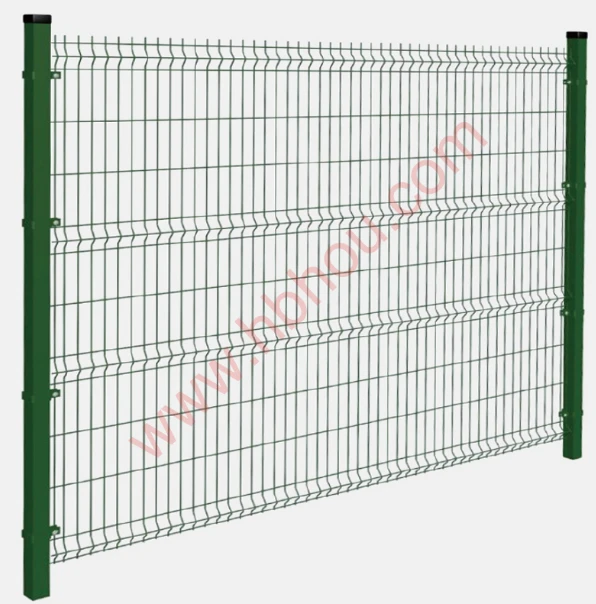How to Use a Tomato Cage A Guide for Garden Enthusiasts
Growing tomatoes can be one of the most rewarding aspects of gardening. Tomatoes are not only delicious but also versatile in cooking, making them a staple in many households. One of the key components to successfully growing these vibrant fruits is ensuring they have the right support as they grow. This is where a tomato cage comes into play.
What is a Tomato Cage?
A tomato cage is a support structure designed to help tomato plants grow upright, preventing them from sprawling on the ground. Typically made from metal or sturdy plastic, tomato cages come in various shapes and sizes, but the most common type features a circular base with wires that extend upwards to create a lattice-like support. This structure is essential for both determinate (bushy type) and indeterminate (vining type) tomato varieties.
Why Use a Tomato Cage?
Using a tomato cage offers numerous benefits. Firstly, it keeps the fruit off the ground, which reduces the risk of rot and pest infestation. When tomatoes rest on wet soil, they are prone to diseases like blight. A cage elevates the plants, improving air circulation and light exposure, which are vital for healthy fruit development.
Additionally, a tomato cage can reduce the amount of time spent on maintenance. Instead of having to constantly tie up growing vines or deal with sprawling plants, a well-constructed cage allows tomatoes to remain organized and manageable. This is especially beneficial for gardeners with limited space, as it encourages vertical growth.
How to Set Up a Tomato Cage
Setting up a tomato cage is a straightforward process. Here’s a step-by-step guide
1. Choose the Right Time Ideally, you should set up your tomato cage when planting your tomato seedlings. This will prevent damage to the roots.
tomato cage how to

2. Select the Right Cage Depending on your tomato variety, choose a cage that suits your needs. For indeterminate varieties, opt for tall cages to accommodate their extensive growth, while shorter cages can be used for determinate types.
3. Prepare the Soil Ensure that the area where you’ll place the cage is well-drained and nutrient-rich. You may want to enrich the soil with compost or organic fertilizers before planting.
4. Insert the Cage Position the cage around the young tomato plant, pushing it into the soil about 6-12 inches deep for stability. Be careful not to damage the roots as you do this.
5. Plant the Tomatoes Once the cage is in place, plant your tomatoes at the base of the cage. Make sure to water them thoroughly after planting.
6. Guide the Growth As the tomato plant begins to grow, gently guide the stems through the openings of the cage. This will encourage the plant to climb and spread evenly.
7. Prune if Necessary Regularly check your plant for suckers (small shoots that grow in the leaf axils). Pruning these can help to focus the plant’s energy on producing fruit.
Maintaining Your Tomato Cage
Throughout the growing season, keep a close eye on your tomato plants. Ensure that the cage remains stable and make adjustments as necessary. Regular watering and mulching will help with moisture retention, and using organic pest control methods can protect your plants from unwanted insects.
In conclusion, a tomato cage is an invaluable tool for any tomato gardener. Not only does it provide essential support for the plants, but it also minimizes the risk of disease and makes maintenance easier. By following these guidelines, you can ensure a bountiful harvest of delicious, homegrown tomatoes that you can enjoy in your favorite recipes. Happy gardening!









